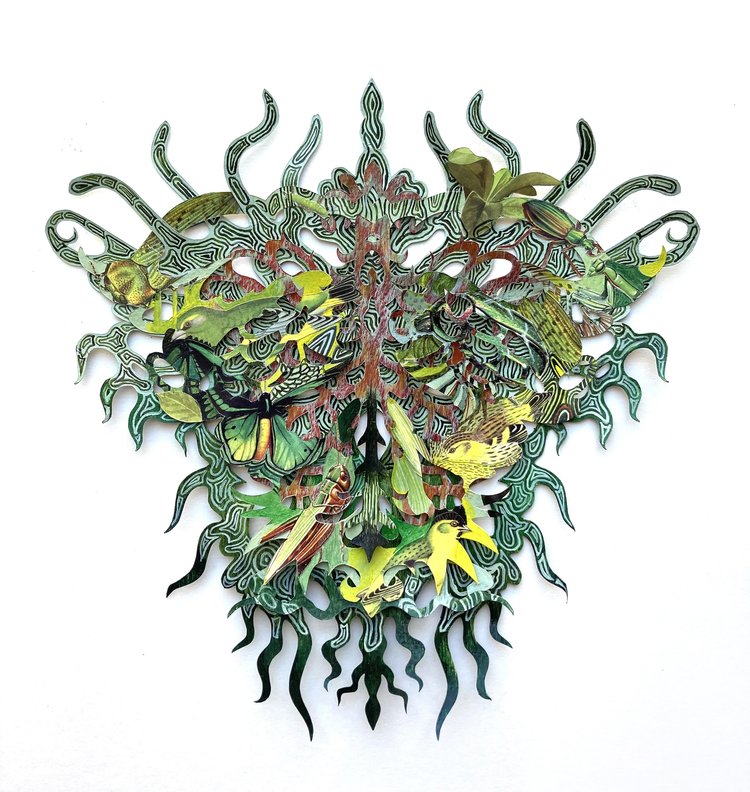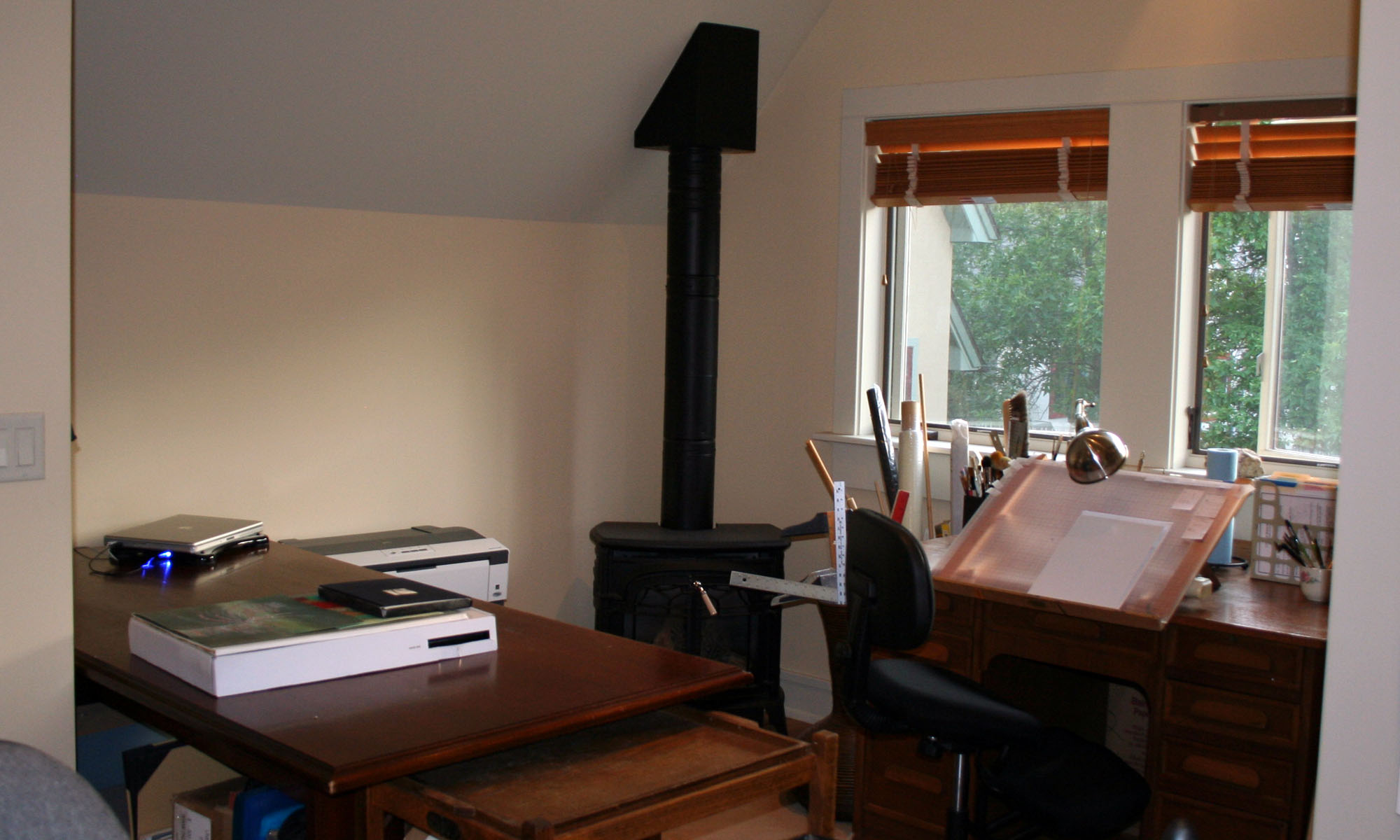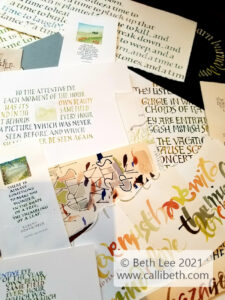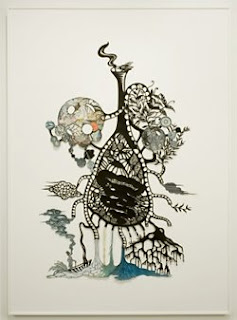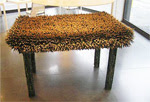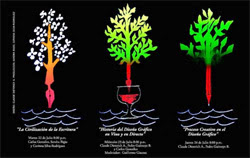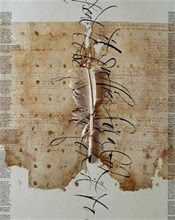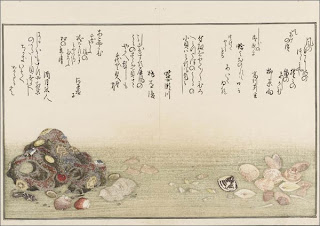 This new online exhibit from the State Library of Victoria presents some truly fascinating books. This image is from one of my favorites, and the oldest book in their collection. Here’s some information about it:
This new online exhibit from the State Library of Victoria presents some truly fascinating books. This image is from one of my favorites, and the oldest book in their collection. Here’s some information about it:
Originally written in 500CE by Boethius (c475–524), a Roman scholar and statesman, the work consists primarily of diagrams and explanations about the relationship of music to mathematics. This reflected medieval thinking that music was a mathematical discipline.
De Musica became the standard textbook on the theory of music throughout the Middle Ages, and was still prescribed reading at Oxford University in the 18th century.
The website divides its exhibit into four categories: Inspiration, Exploration, Imagination, Innovation. (I could swear this was the theme for high school history projects in the US a couple of years ago. Everything is miscellaneous, eh?) The site provides opportunities to zoom and pan, peel and reveal, and turn the page — technologies I first saw implemented on the excellent website of The British Library. At the British Library site, the Lindisfarne Gospels, headlined “Pinnacle of Anglo-Saxon Art,” is not to be missed.
Like this:
Like Loading...
